In Kerala, serpent worship or ophiolatry forms an integral part of the Hindu religious rituals. Serpents are considered to be protectors of family, guardians of ancestral treasures and gods of fertility. In times past, every Hindu family owned and protected sarppakavus (sacred groves) attributed to tutelary deities like serpents. Over the years, however, most of these kavus have perished due to lack of attention and care. Most of the serpent temples in Kerala are dedicated to gods like Nagaraja, Nagayakshi, Maninaga and ashtanagas (a group of eight revered serpents). In Kerala, it is believed that serpent gods can control and command the elements of nature, especially water. Thus people conduct pujas at the time of draughts and floods and pray to them for rain. This photoessay documents some of the important rituals and cultural practices associated with serpent worship in Kerala, and gives the reader a glimpse into the sarppakavus from different parts of Kerala.
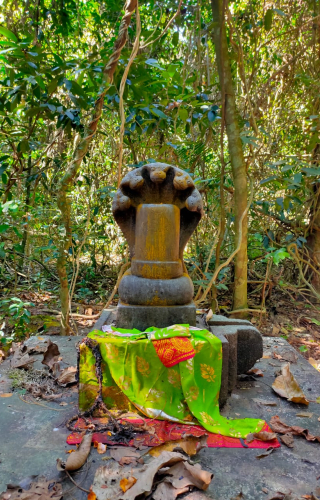
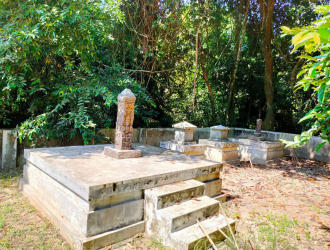
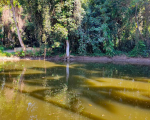
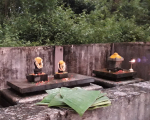
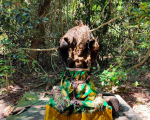
Sarppakalam and Snake Dance: Kerala’s Age-Old Tradition of Serpent Worship
in Image Gallery
Published on:

Devika B
Devika B is a postgraduate in English Literature from Amrita University. Her research interests include oriental myths, legends, folktales, and Pagan studies. She is currently a PhD research scholar at Christ University, Bangalore.










